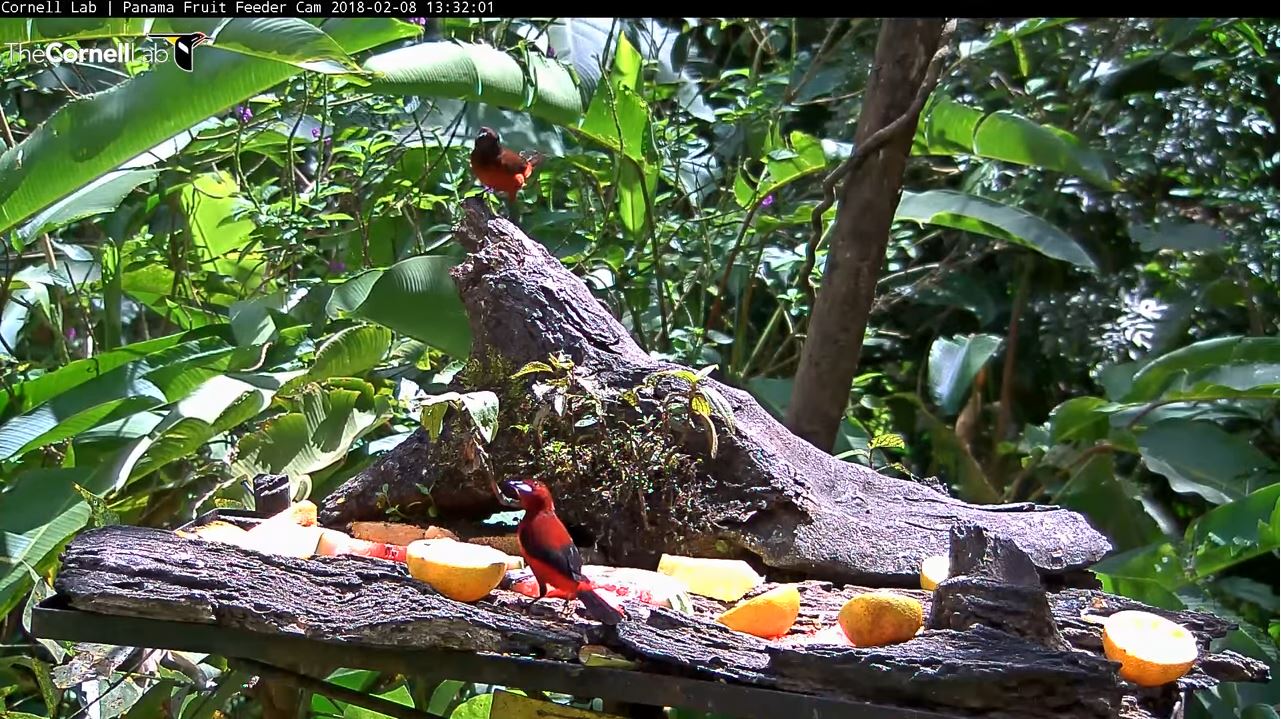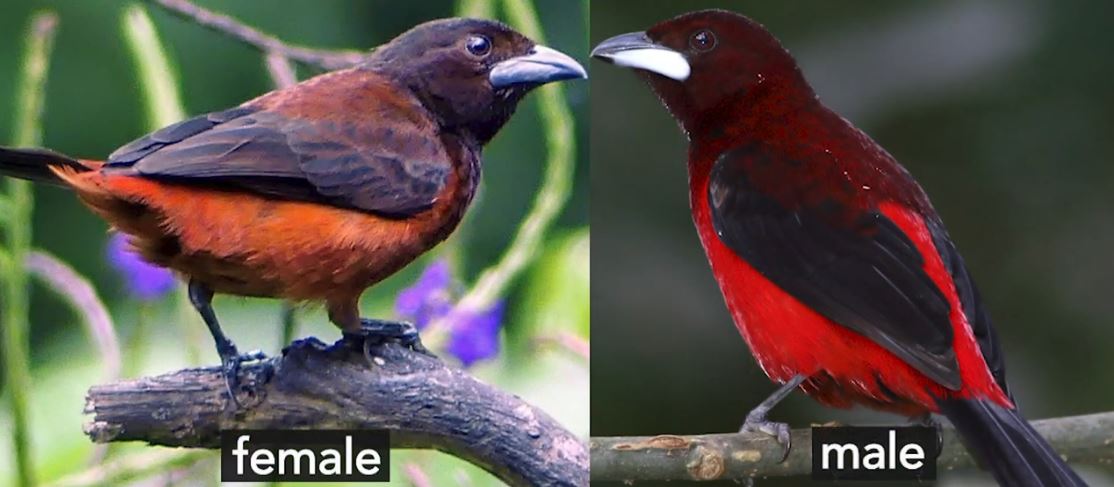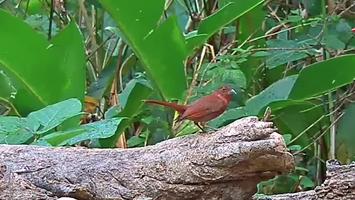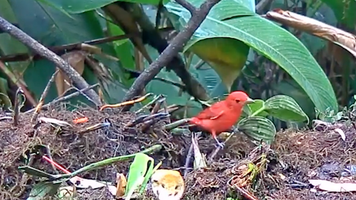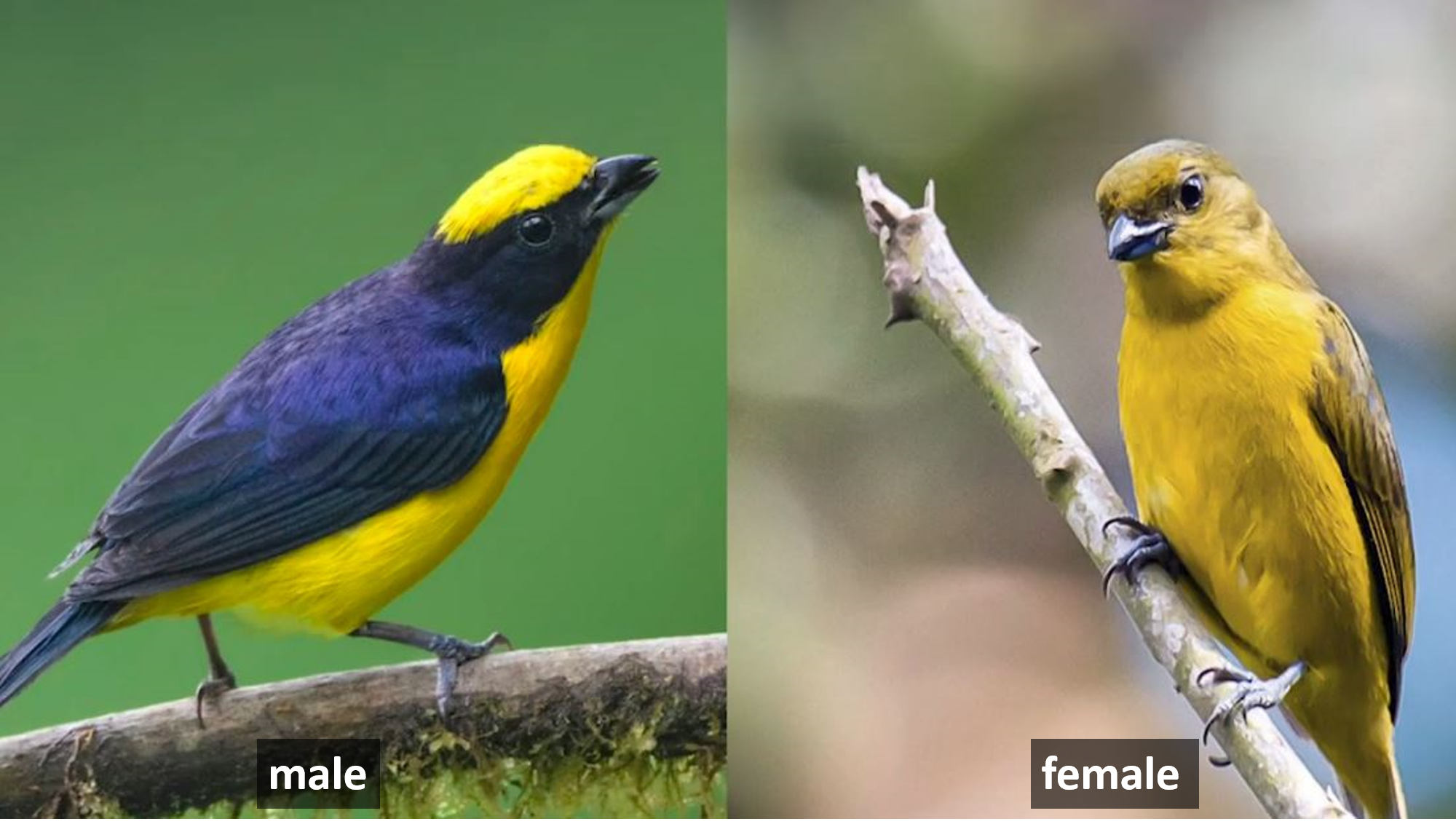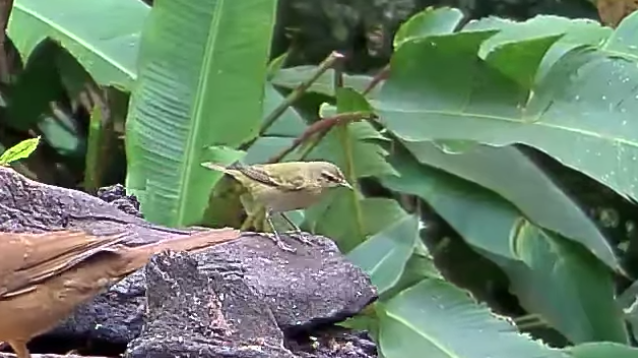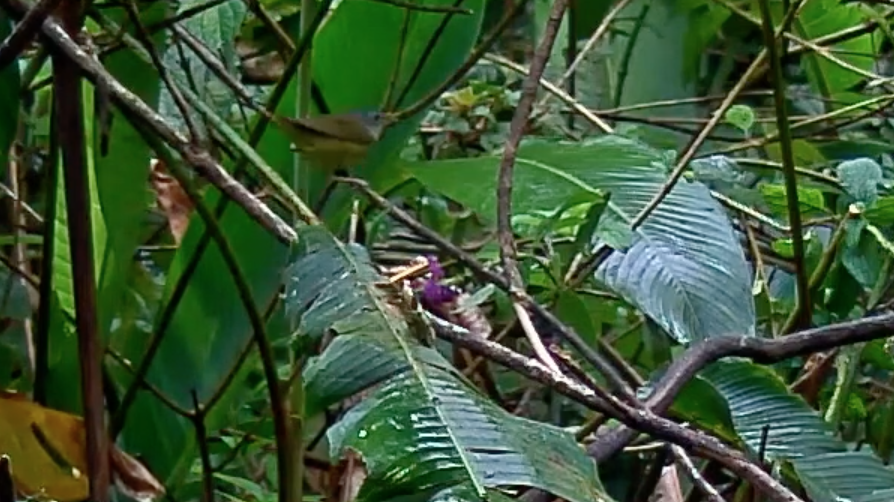Panama Live Field Guide
Use this guide to help you identify the 6 focal species that we will be collecting data on for this investigation.
1. Clay-colored Thrush
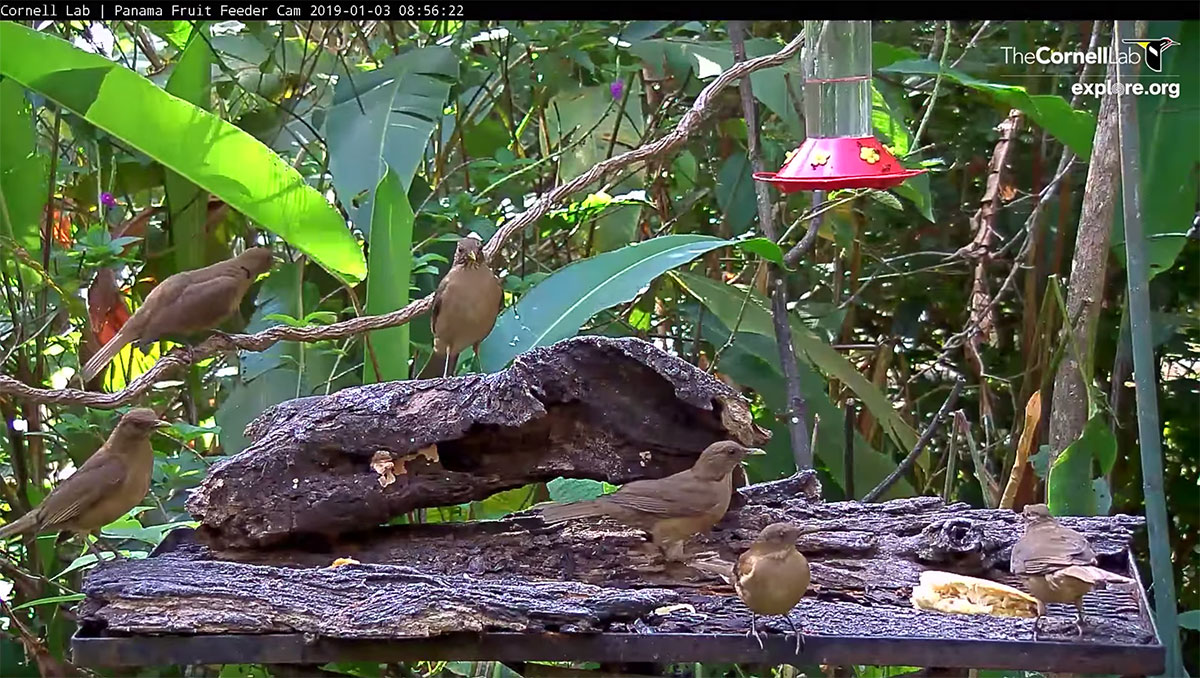
The Clay-colored Thrush is a common brown-colored bird and often easily observed. It’s found in lightly wooded areas, often in close proximity to people. Its range just reaches the United States, in southernmost Texas, but elsewhere it ranges south through eastern Mexico and over much of Middle America to northwest South America, in Colombia. It was formerly known as the Clay-colored Robin.
More
2. Gray-headed Chacalaca
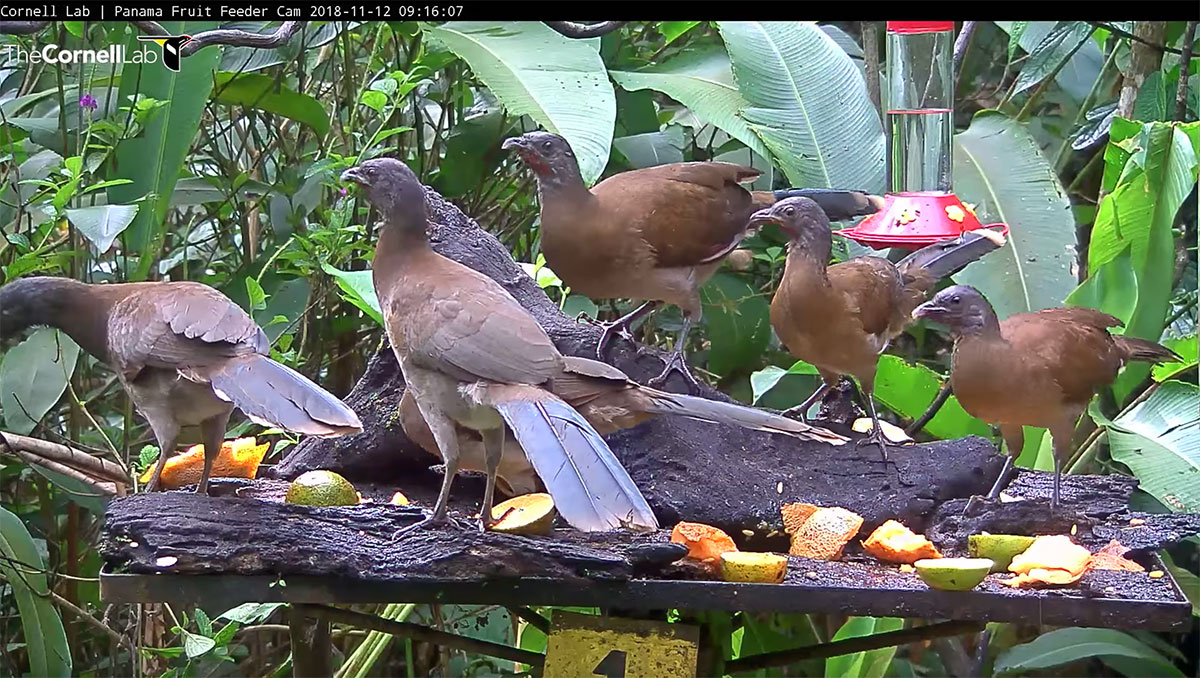
The Gray-headed Chachalaca is a large bird with a brown body and a grey head and tail. They are largely arboreal and forage in groups of 6 to 12, only occasionally venturing to the ground. These loud birds have a varied diet consisting of fruits such as the spikes of guarumo trees, guavas, and guara fruits as well as leaves and sometimes insects. Inhabitants of tangled thickets and brushy second growth woodland, these birds are found in Central America from eastern Honduras south to northwestern Columbia.
More
3. Rufous Motmot
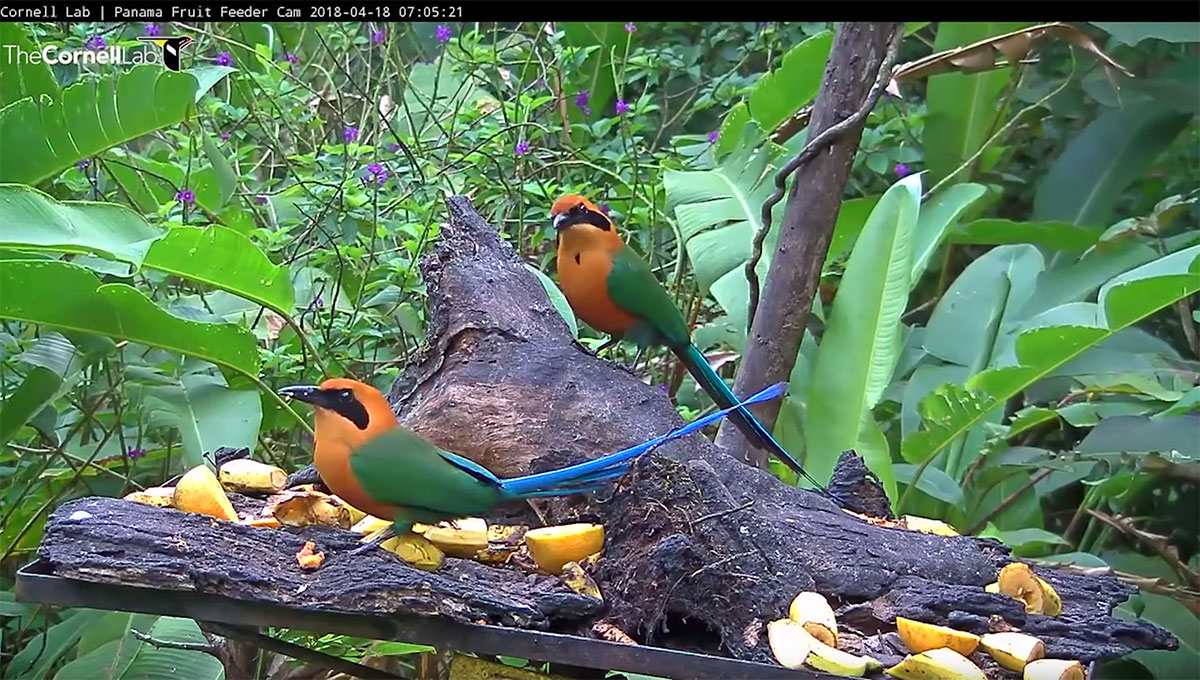
The Rufous Motmot is a large bird with a rufous head and underpats that contrast with a green-blue back, wings, and tail. This species is the second largest and arguably the most spectacular of the motmots, even though it lacks the bright, iridescent patches of turquoise blue on its head that are characteristic of many other Motmot species. When foraging, it is a typical low energy specialist sitting quietly on a shaded horizontal branch for long periods of time from which it suddenly darts out after passing insects. The Rufous Motmot prefers humid lowland and hill forest where it consumes a large variety of food items ranging from various fruits to invertebrates and even small vertebrates, sometimes in the company of army ants.
More
4. Crimson-backed Tanager
The Crimson-backed Tanager male has bright scarlet flanks and rump along with a darker crimson head and back while the female and younger birds are a duller dusky red-brown. At closer inspection, one will also notice that the base of the lower beak in males is also swollen and bright white. These birds typically forage in noisy flocks in scrub, edge, and secondary growth forest. They can be found year-round in the lowlands and valleys of northern Colombia, northwestern Venezuela, and Panama.
More
Be careful! Other bird species may be mistaken for the Thick-billed Euphonia:
[column_area number=”2″][column]
Red-crowned Ant-Tanager
This bird is less bright red, does not have a contrasting black-red crown, and is a rare visitor at the feeder.
[/column] [column]Summer Tanager
The male is very bright red, but we have only seen a subadult male at the feeder recently and it is in its orange-red transition.
[/column] [column] [/column] [/column_area]5. Thick-billed Euphonia
The Thick-billed Euphonia males are a dark blue with a bright yellow head patch, underparts, and neck while the females are a more subdued olive above and yellow below. Even though “bill” is in their common name, it isn’t used to help identify this species. This species is typically found foraging in pairs or small flocks, sometimes even mixed-species flocks. Their range spans from Costa Rica south to southern Amazonia.
More
Be careful! Other bird species may be mistaken for the Thick-billed Euphonia:
[column_area number=”2″][column]
Tennessee Warbler
This bird is smaller, has a pale eyebrow and underbelly, and usually visits alone.
[/column] [column]Mourning Warbler
The female adults and immature individuals are smaller and typically hop around the branches rather than landing on the feeder. Plus, this bird is a rare visitor that visits alone.
[/column] [/column_area]5. Gray-cowled Wood-rail
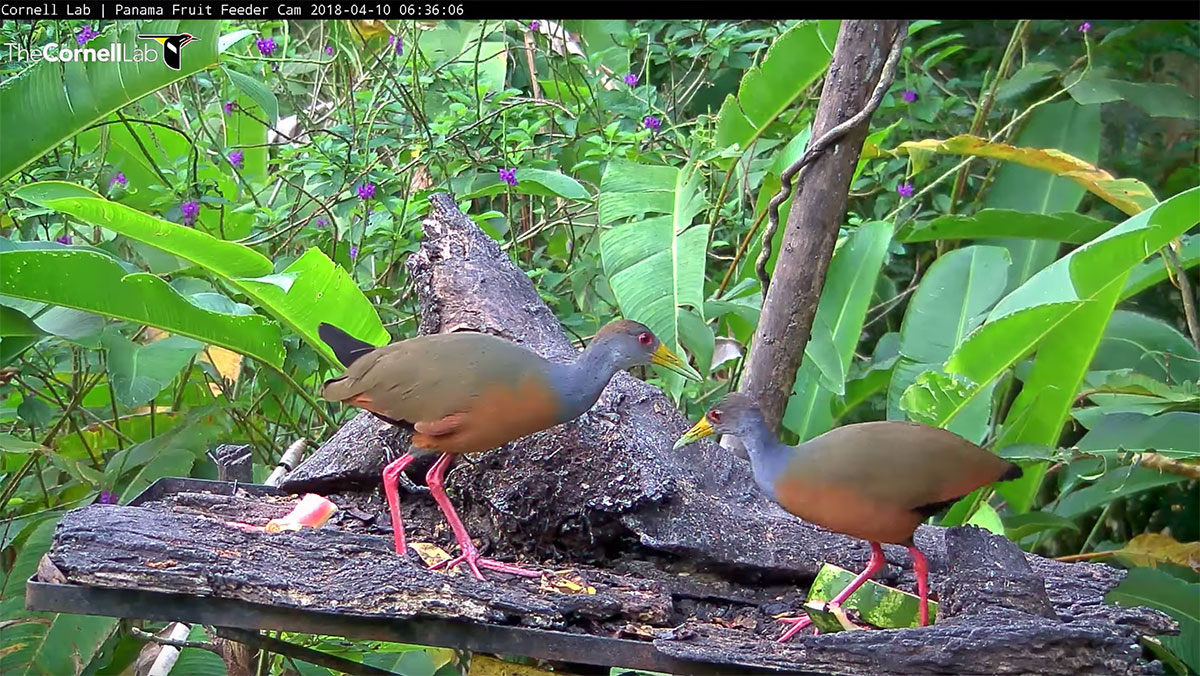
The Gray-cowled Wood-Rail has bright pink legs, a blue-gray head and neck, bright red eyes, and a yellow-green beak. The rest of their body is a gray-brown to rufous brown color. This species primarily occupies swampy forest and forest edge, and the margins of forest streams, and also occurs in mangroves and the edges of marshes. Gray-cowled Wood-Rail usually remains under vegetative cover or in thickets, but sometimes ventures out in the open. The diet is mostly invertebrates, but presumably includes small vertebrates such as frogs, and perhaps also seeds, berries, and palm fruits. Gray-cowled Wood-Rails can be found from southwestern Costa Rica south to northern Argentina.
More
Other bird species
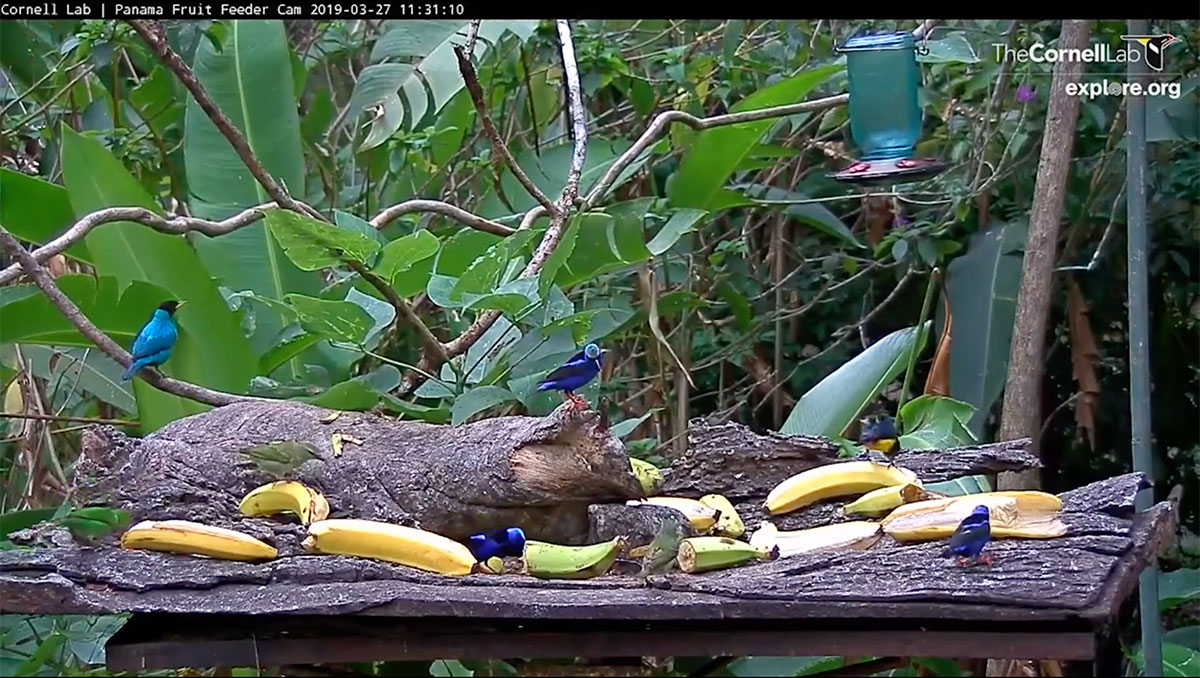
Do you see a bird that isn’t described in this list? Don’t worry about tagging it! More than 50 species have been seen at this feeder, but for now we are tagging this small subset.
Food Being Added to the Feeder Example:
In addition to collecting data about when our 6 focal species arrive at the feeder, we want to know when food is added to the feeder. From 7 AM to 5 PM the Canopy Lodge staff will add different types of fruit and food scraps to the feeder roughly every two hours.

